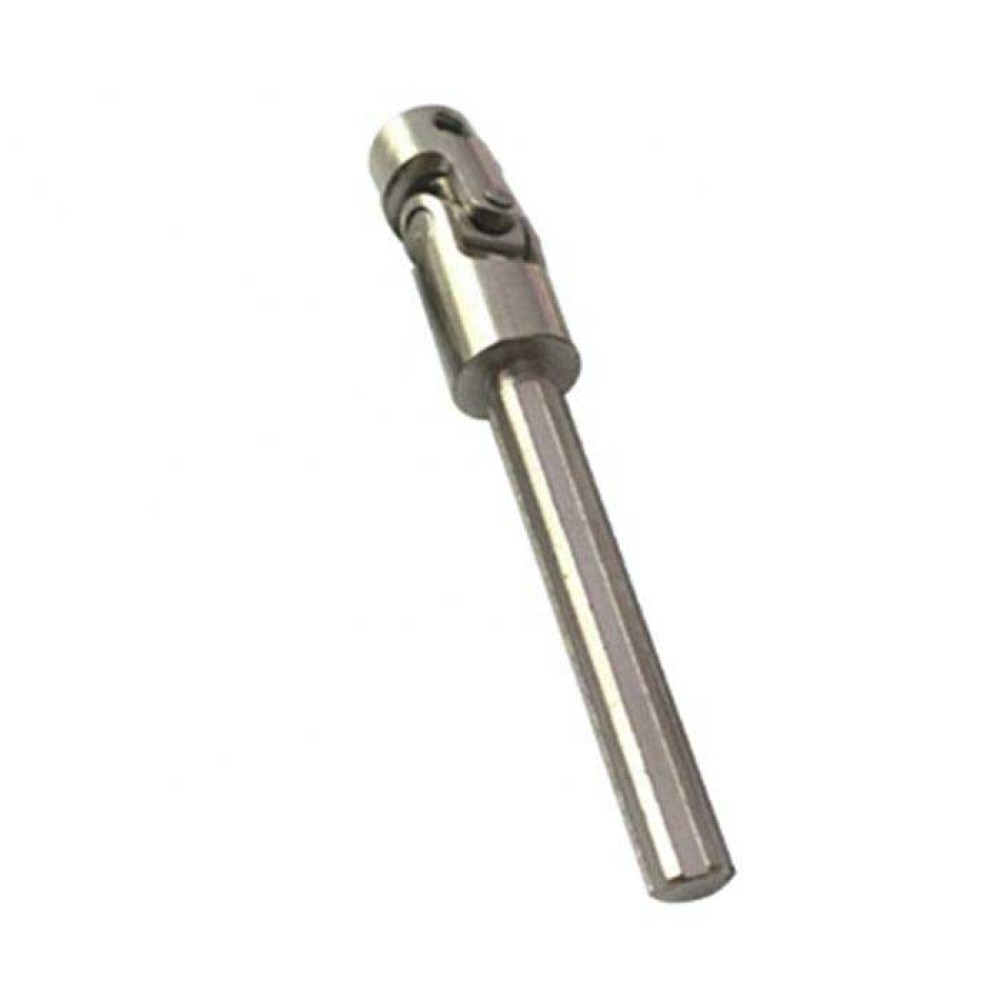The Secret of Flexible Power Transmission: An In-depth Analysis of Universal Joint Hex Bars and Their Advantages
Introduction
In modern mechanical engineering, flexible and efficient power transmission is key to ensuring the high-performance operation of machinery. As a crucial component for achieving this goal, the universal joint hex bar (also known as constant velocity joints or U-joints) plays an indispensable role across various industries with its unique structure and functionality. This article delves into the working principles, application fields, and numerous advantages of universal joint hex bars.
Working Principle of Universal Joint Hex Bars
Universal joint hex bars are primarily used to connect two rotating components whose axes do not align in a straight line or have angular offsets, facilitating effective torque transfer. Its design allows for a certain range of relative motion between the connected shafts, ensuring stable and reliable power transmission even under complex operating conditions. Through the internal ball cage and ball bearing design, universal joint hex bars can accommodate significant angular changes without substantial energy loss and can withstand high speeds and loads.
Broad Application Areas
Due to these characteristics, universal joint hex bars find widespread use in automotive manufacturing, agricultural machinery, construction equipment, and more:
Automotive Industry: Used in drive shafts, connecting the transmission to the wheels, especially in off-road vehicles where they handle extreme road conditions.
Agricultural Machinery: For power take-off (PTO) applications in tractors and other farm equipment, requiring robust torque transfer and angular adaptability.
Construction Machinery: Such as excavators and loaders, where universal joint hex bars enhance operational flexibility and efficiency.
Unmatched Advantages
High Reliability: Precision manufacturing and rigorous testing ensure long-term stable operation and reduce maintenance needs.
Large Angular Compensation Capacity: Compared to traditional couplings, they better handle significant angular deviations, increasing installation and usage convenience.
Durability: Made from high-quality materials, offering excellent wear resistance and corrosion protection, extending service life.
Compact Design: Saves space, and facilitates integration into various machines while reducing overall weight.
Energy Efficiency: Optimized power transfer paths lower energy losses, enhancing system efficiency.
Conclusion
In summary, universal joint hex bars play a vital role in advancing industrial progress due to their unique working principles, broad application scenarios, and significant technical advantages. With technological advancements, we can anticipate more innovative improvements in these critical components, further driving industry transformation and development. For engineers and technicians, understanding and leveraging the features of universal joint hex bars will be an important step toward enhancing product competitiveness and customer satisfaction.

